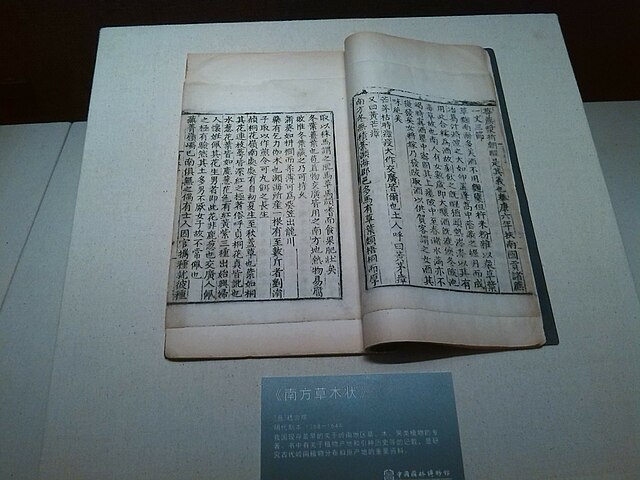An Ancient Cure for Malaria
The modern, educated person often tends to look down on previous generations. Many people seem convinced that if we look back 1,000 or 2,000 years, some measurable evolutionary improvement in man must have taken place over so much time.

It is this spirit that makes so many today feel that they can pass judgment on the Bible. “After all,” they say, “it comes from an ancient, uneducated time.” They add, “Back then, people didn’t even know the difference between historical fact and a legend designed only to teach a lesson.” This superior attitude of history suggests, since the ancients didn’t have medical labs as good as ours, how could they know something we don’t?
This is why medical researchers dismissed a cure for fever that dated to 340 A.D. An ancient Chinese book of herbal remedies recommended that to cure a fever, one should soak a particular weed in about a liter of water and drink the resulting tea. In typical modern fashion, researchers had doubts that this cure would work. However, the weed named in the folk cure provides a compound that may be an even more effective treatment for malaria than Quinines. It treats cases that Quinines don’t affect and produces no side effects.
While our modern age may be advanced in some things, it’s definitely behind past ages in other things – like humility.
Ecclesiastes 1:9
“The thing that hath been, it is that which shall be; and that which is done is that which shall be done: and there is no new thing under the sun”
Prayer: I confess, Father, that it is too easy for me to become caught up in the sense of superiority that is so common among people today. Forgive me for Jesus’ sake. Let my boasting be in Christ and not myself or this modern age. Amen.
Notes: “A New Old Remedy.” Discover, August 1985. Photo: Plants-in-Southern-China-by-Happy-Nikita-CC-4.0
© 2024 Creation Moments. All rights reserved.